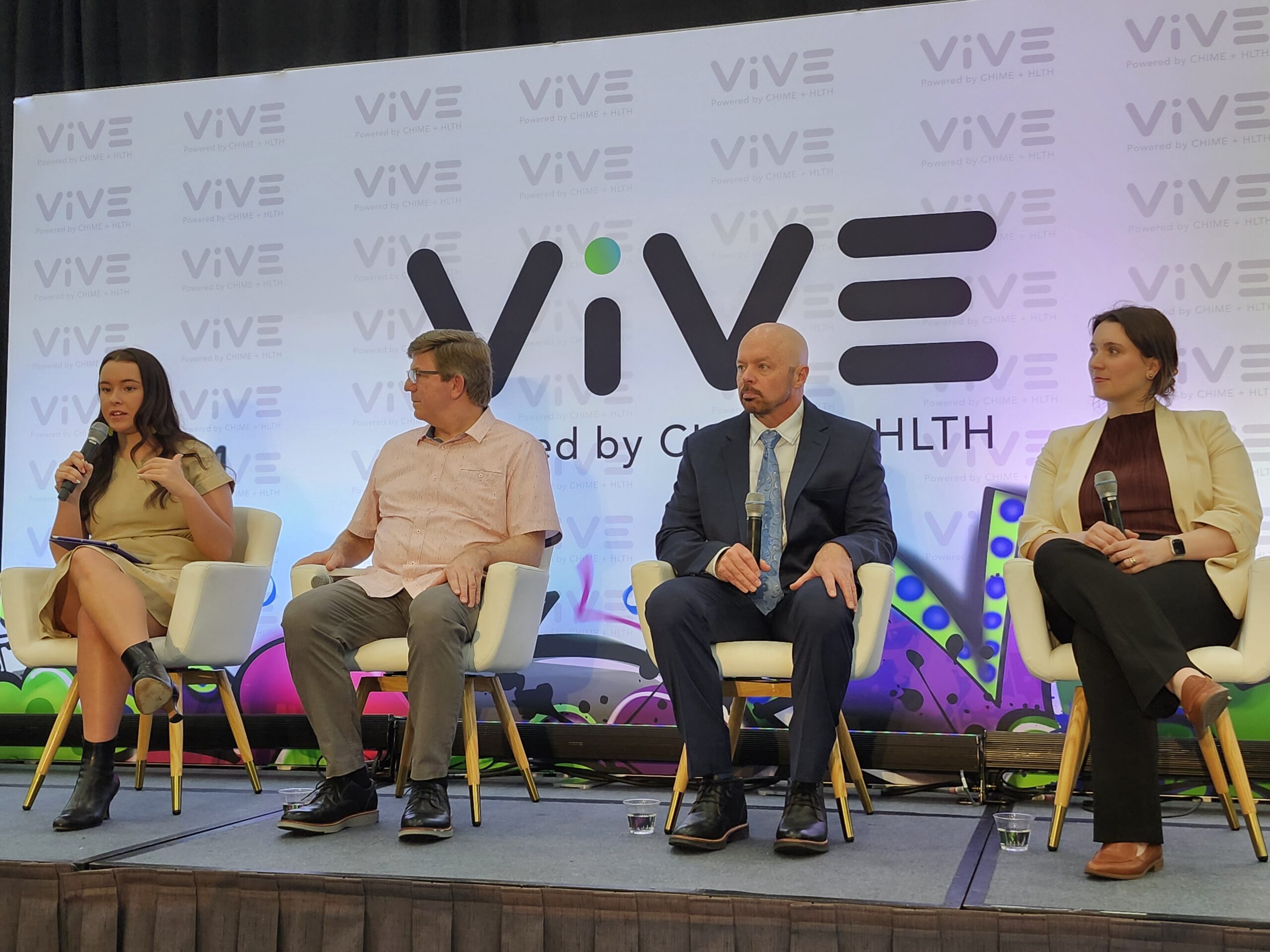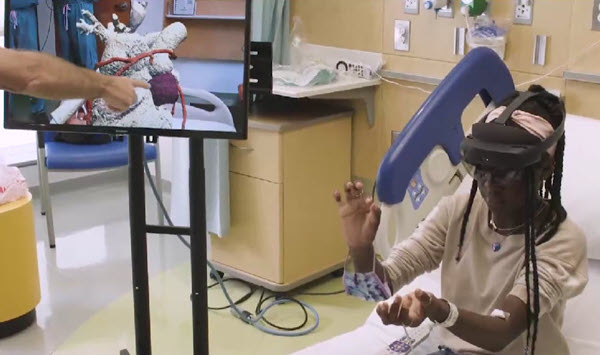
Healthcare Errors: It Is Time to Tackle Them, Not Tolerate Them
We call for our partners in practice, education, and industry to join this effort to make our healthcare settings safer for all patients.

We call for our partners in practice, education, and industry to join this effort to make our healthcare settings safer for all patients.

According to new statistics from the Association of American Medical Colleges, for the second year in a row, students graduating from U.S. medical schools were less likely to apply this year for residency positions in states with abortion bans and other significant abortion restrictions.

The TSX Venture Exchange has a strong history of helping early-stage health and life sciences companies raise patient capital for research and development.

Healthcare organizations will need to proactively engage the next generation of workers in order to meet demand. They can start by factoring in these trends and creating an environment that supports a healthy work-life balance, finding opportunities to prioritize flexibility, and leaving room to staff up for new and expanding care fields.

Providing patients with comprehensive patient resource sheets on clinical trials can alleviate worry, support dialog with family members and clinical care providers and empower informed decision-making.

Chronic pain, an enduring concern for many older adults, is no longer confined to the traditional realm of pharmaceuticals. While traditional pain management methods like medication were once the go-to approach, alternative therapies are emerging as a viable and holistic approach to addressing this issue.

UI affects 78 million women in the U.S. while fecal incontinence affects 12 million. Prevalence is rising. Age and obesity are associated with increased risk of UI, and both contribute to its increased incidence. Globally, hundreds of millions of women are affected.

At the Payer Insights sessions on Day 1 of ViVE 2024, a panel on prior authorization offered compelling insights from speakers who shared the positive developments in this area after years of mounting frustration. Speakers also shared challenges as they work with providers to figure out how policy developments and technology will work in practice.

The invention of 3D visualization software and virtual dissection tables have revolutionized how we teach and explore human anatomy.

To improve public health outcomes, not only at the local and national level, but also globally, we need to invest in hygiene research and those who seek to solve hygiene-related issues.

A pediatric health system enlisting mixed reality and 3D printing technology illustrates how clinical collaboration and patient education can improve patient outcomes for complex procedures.

This year has shown that being a doctor is no longer just about skill: it’s about resilience, stamina, empathy, flexibility and teamwork. The way we educate medics needs to reflect this new reality; and prepare medics for the myriad challenges and pressures they will face.

Canada has a proud history of achievement in the areas of science and technology, and the field of biomanufacturing and life sciences is no exception.

Throughout my career, I’ve had the privilege of being involved in the education of hundreds of surgeons-in-training and I’ve seen how medical education has slowly evolved over time. Right now, however, the pandemic is triggering radical shifts in the delivery of medical education. In this article, I offer advice to surgeons-in-training as they navigate uncharted […]

German medical technology company Brainlab acquired Level Ex, a startup that creates games for physicians. Level Ex's games allow physicians and surgeons to practice their skills in different scenarios, ranging from pulmonology to interventional cardiology.

The company, in an initiative spearheaded by the J&J Institute, plans to start in April with between 150 and 200 Oculus Quest headsets that sales reps will distribute to surgeons. The company hopes to get training performance data in return.

Douglas Fridsma, CEO of the American Medical Informatics Association, resigned on January 1. He had led the organization for five years.

Couric, who lost her husband at 41 to colorectal cancer two decades ago and a sister to pancreatic cancer, leverages her nonprofit Stand Up to Cancer to boost research while using her media platform to educate the public.